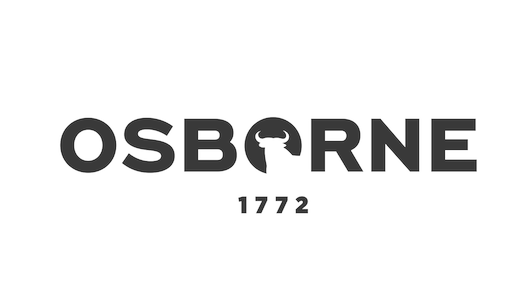News
Raising awareness of the seaweed invading the Andalusian coastline
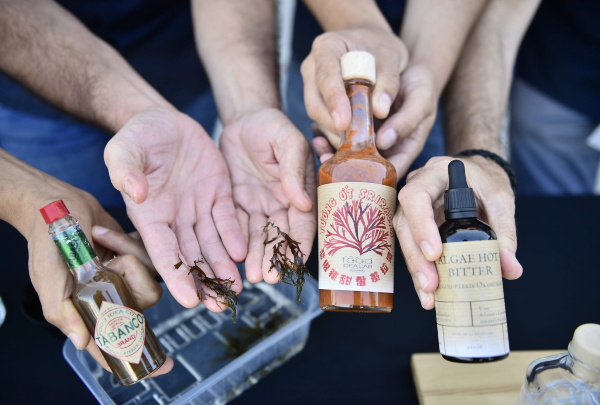
Meeting of the Seas is issuing a warning against Rugulopteryx Okamurae, the seaweed species that is killing biodiversity on the Andalusian coastline.
. Scientists and chefs are teaming up to alert the population and seek gastronomic solutions to prevent their multiplication.
“Raising awareness to take action, to find out what we’re up against”. This Tuesday scientists Fernando G. Brun and José Lucas Pérez Lloréns, both professors at the University of Cádiz, and chef David Chamorro touched on Rugulopteryx okamurae, “the seaweed with the fastest and most adverse invasive capacity we have ever seen”. Known as “roña” among fishermen, it has now installed itself on the Andalusian shoreline, and “before long it’ll be taking over a large part of the Mediterranean”, explained Lloréns. An invasive seaweed species, whose high growth rate, dispersion propensity and predator immunity make it “very dangerous”, and has taken over the region and reduced diversity. “A danger posing a risk to environmental, economic and social sustainability”, said the experts. Meeting of the Seas is issuing a warning.
Rugulopteryx Okamurae is native to the Pacific between Japan and Korea, and it arrived in Europe in 2002 along with ships’ ballast water. It was first discovered in France when it was not invasive, but it certainly has been invasive in the Strait, where it arrived in 2016, and where it is now found over practically 100% of the sea bed. “Invasions are nothing new in the Strait, but the ecosystem is weakened with each episode. Moreover, we’ve never had an invasion on this scale before”, explained Lloréns.
“We don’t know why it has this invasive capacity, but it does, and it’s destroying everything it comes across”, reported Brun. The experts specified that its cytotoxic capacity enables it to kill other species in less than 24 hours”. An environmental problem which becomes an economic problem, for example, due to the resources needed to remove the seaweed from beaches and coastlines, or the nuisance it causes for tourists.
What can we do?
“Make people aware”, said Lloréns and Brun. “We can’t do much. We don’t have the technical or economic capacity”. Their advice, however, was “to talk about it, to make people aware of it to prevent it reaching other areas. If we don’t warn people, it could become hegemonic in the Mediterranean. Training must be provided for the technical staff tasked with monitoring it, and for those living near the sea so that they can recognise it”.
In addition to monitoring and the awareness programme, which has been launched by Meeting of the Seas, “we can help fight this plague by creating an economic value for the species”, said Ángel León’s former right-hand man at the Aponiente restaurant. It already has this in pharmacology (due to its cytotoxic capacity), and it is also used as fuel. Using it as a gastronomic ingredient was the useful tip for chefs at Meeting of the Seas.
David Chamorro had taken this advice on board, and has already developed several applications at his Food Idea Lab, “considering its sea flavourings, in the first place, and also its bitterness and spiciness. It seems like a seaweed that doesn’t want to be eaten”, he said. He has also worked with the species due to its spiciness (“not often found at sea”), making a sriracha sauce and a Tabasco sauce called “Tabanco” by way of a homage to the typical bars of Jerez. Chamorro has also dehydrated the species and turned it into powder, and has even concocted an angostura (“Algae Hot Bitter”), an alcohol distillate (known as “Agua de lastre”), a soda, and an Andalusian “rebujito” beverage.
“These are products which can be used by the gastronomy industry, but they’re also products which can assist in pointing out a serious problem. We’re doing our bit to help out”. Knowledge gleaned at Meeting of the Seas.
.jpg)
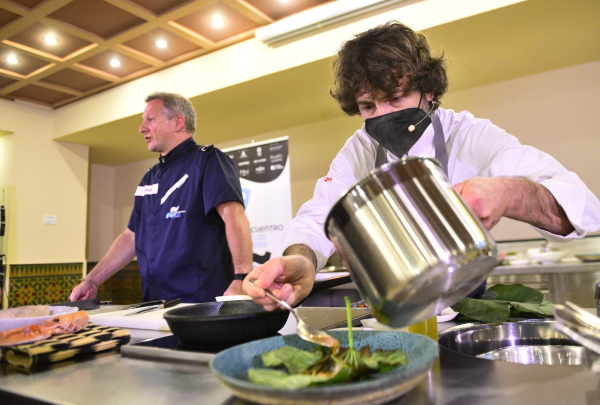
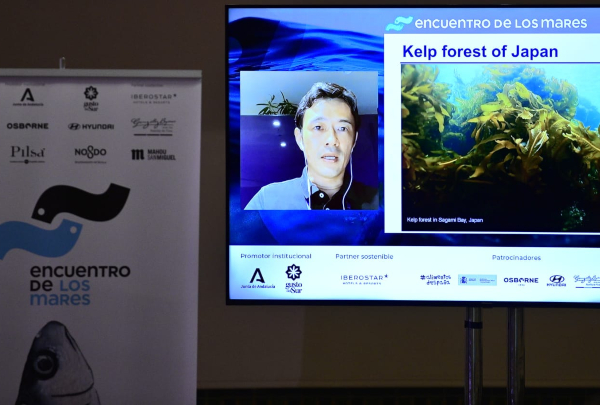
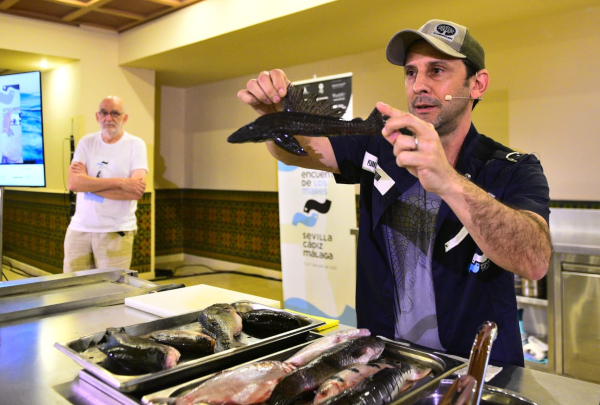
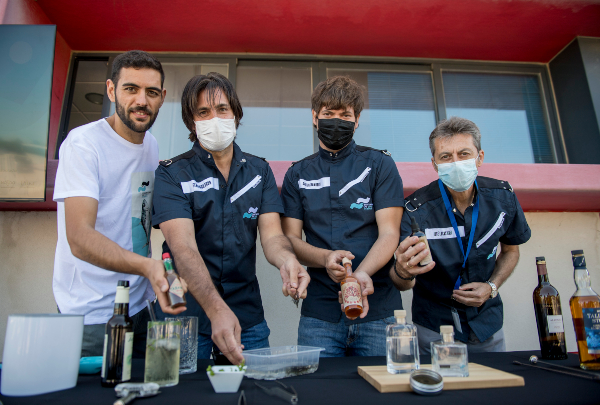

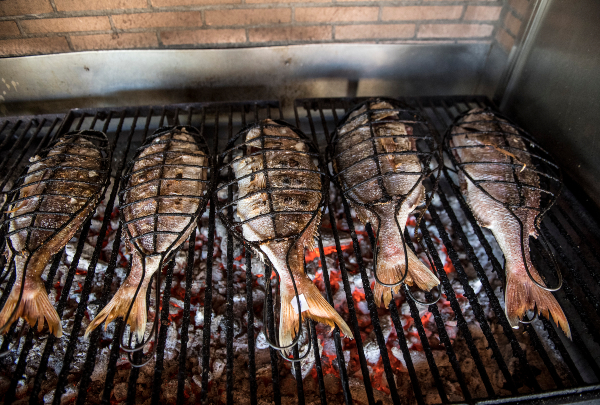

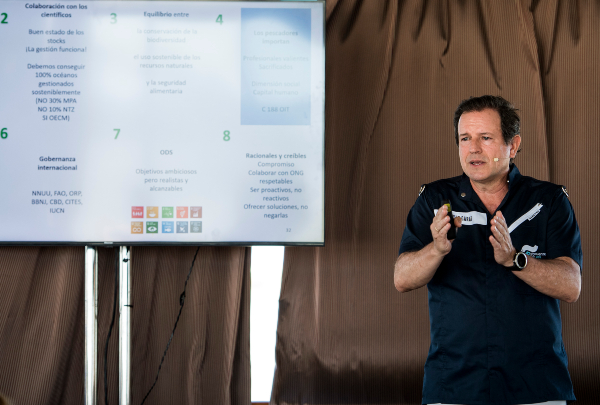
.jpg)





